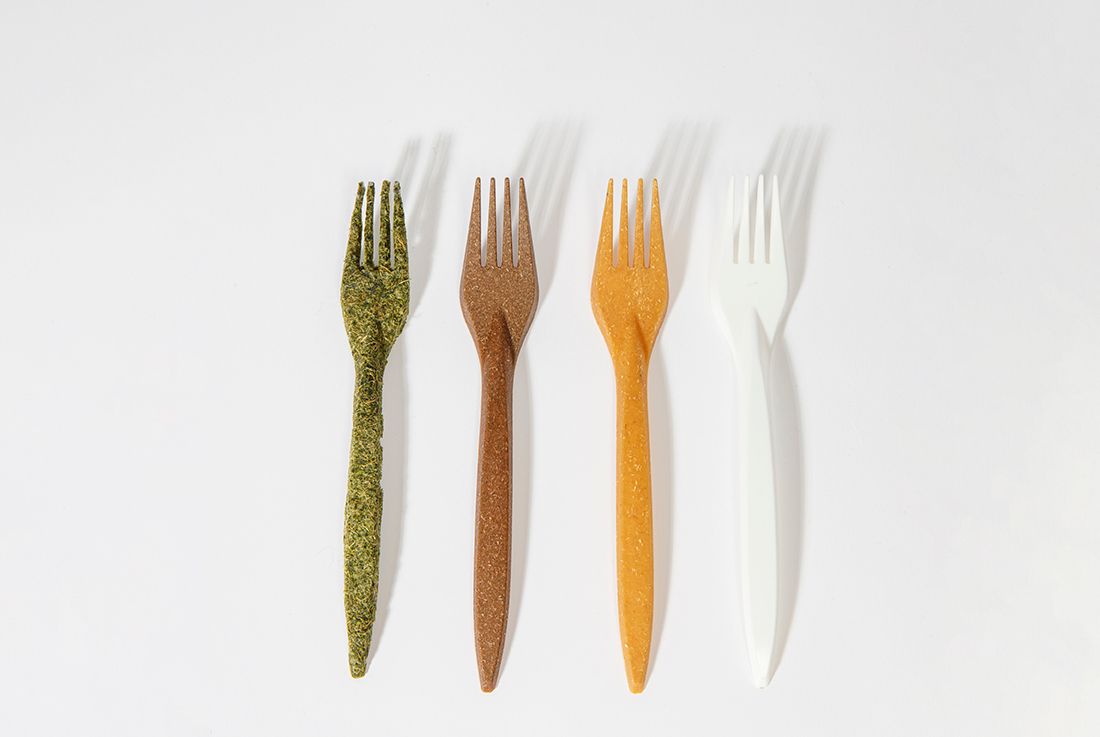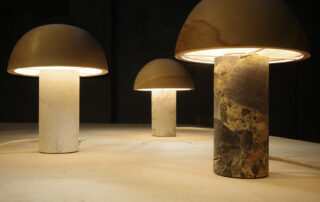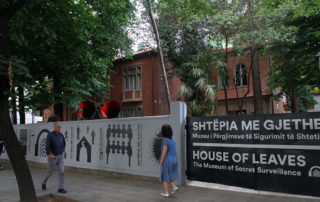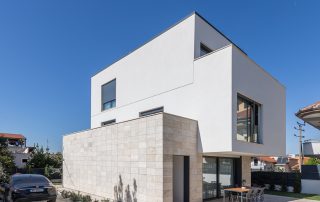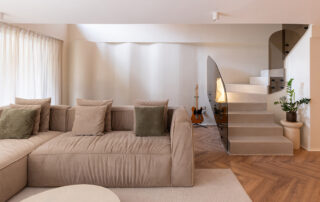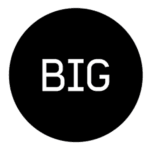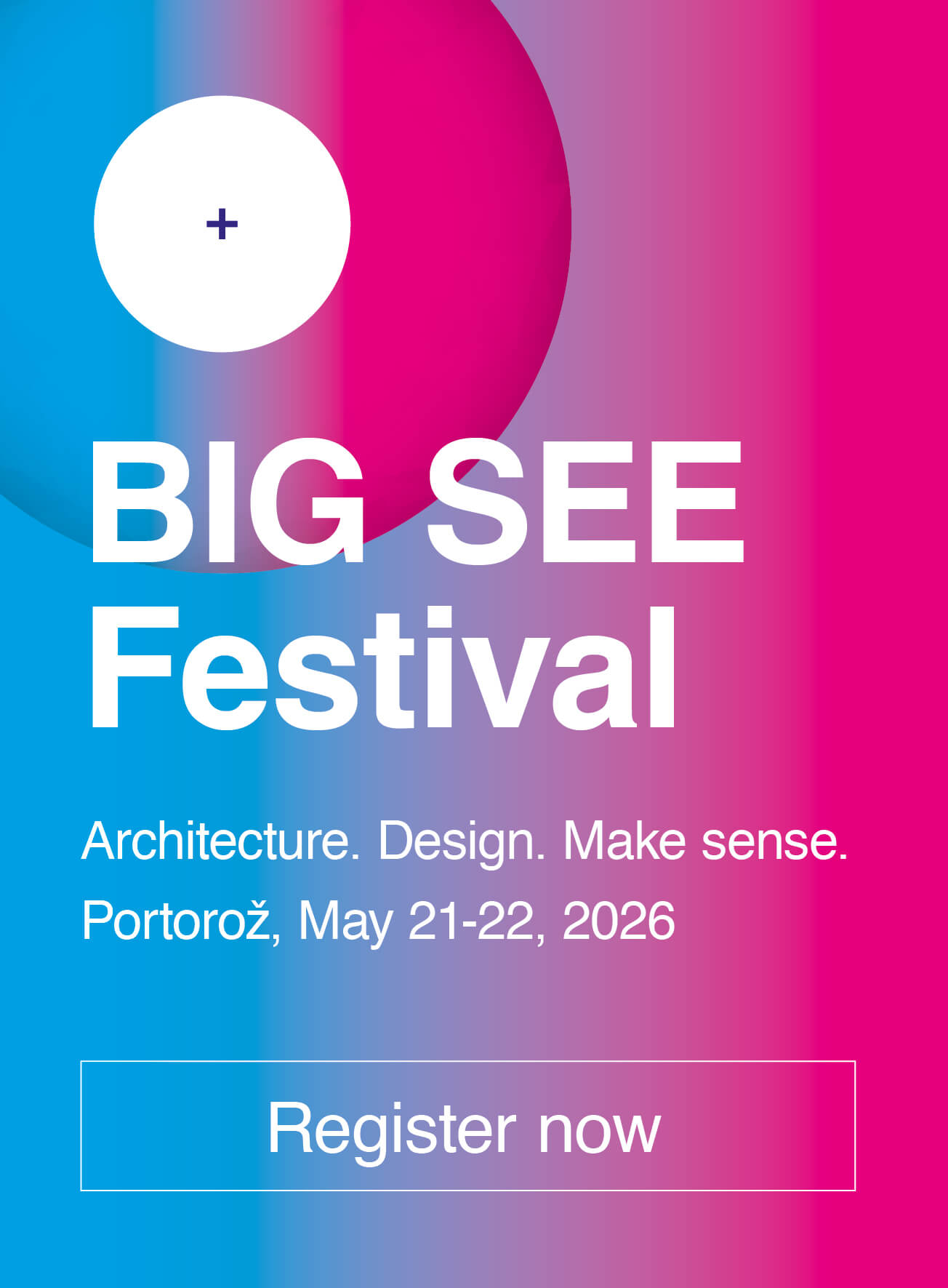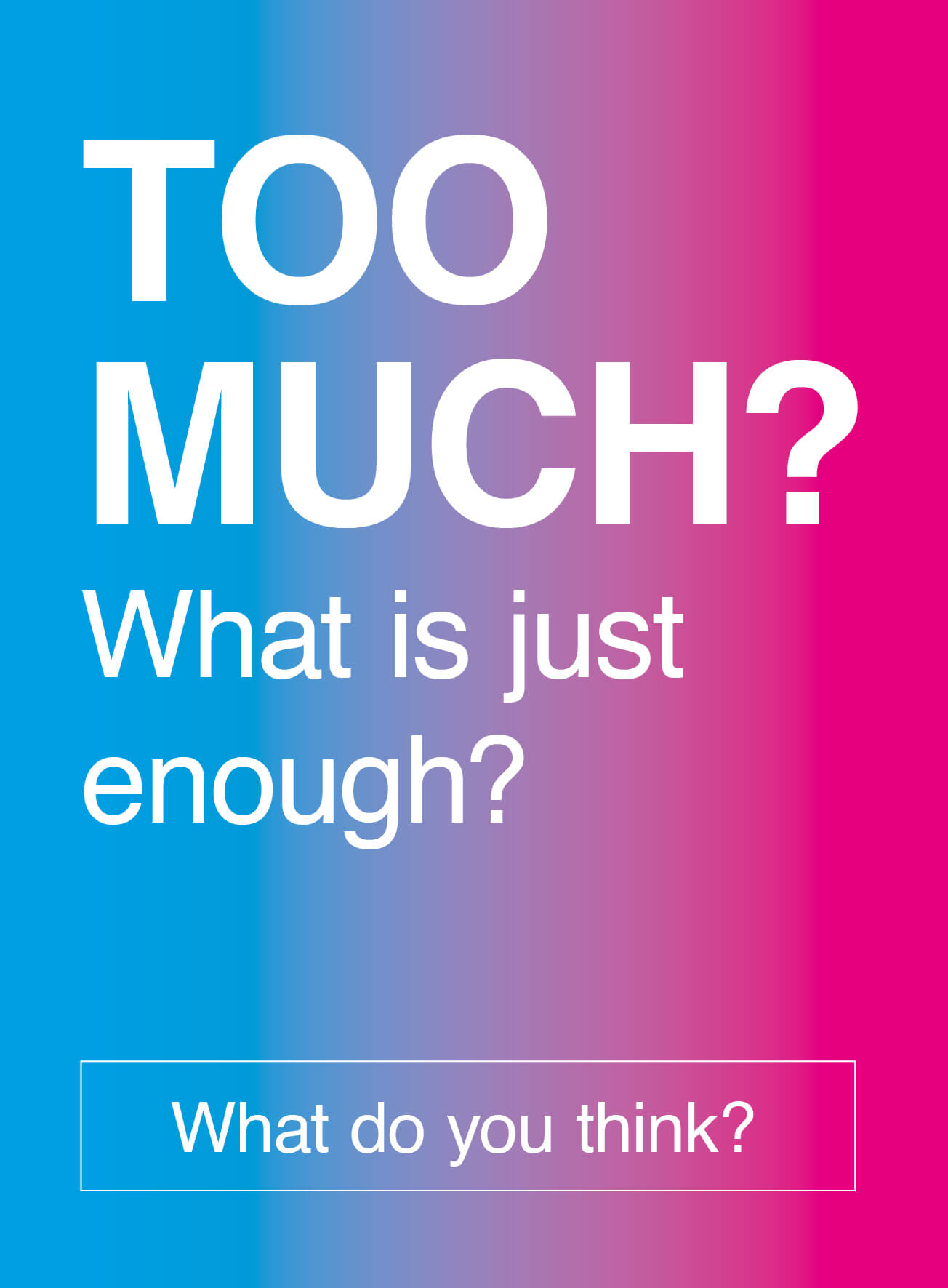The Paradox of Isoëtes explores the human-nature relationship using the endangered plant Isoëtes as an example. This project is based on the idea that the easiest way to save an endangered species is to make it useful to humans, for example, as consumer goods. The focus is on the process of commodification – creating a commodity from a given species and turning it into disposable cutlery as a symbol of consumption.
The project aims to explore the alienation of humankind from nature through interactions with the environment we live in. The speculation offers a scenario of the near future in the context of the current alarming decline of natural species due to human behaviour. The project shows the interaction of humans with plants as other-than-human beings in three thematic levels.
The first level addresses the protection of endangered plant species through protected areas, such as fencing off and conserving untouched nature in controlled borders, as evidence of so-called natural environments. The second level looks at the commodification of plant species for human purposes through forest monocultures, as large-scale growing of plant species in controlled areas for our needs. The third level involves the creation of artificial environments through greenhouse complexes, which creates an entire microcosm that makes it possible to control all the life needs of plants thanks to a closed environment and the monitoring of factors such as light, humidity, or temperature.
Through these examples, the project shows what the next step in human interference in natural processes could look like if intensive reshaping of nature continues. Adam Kvaček’s project is illustrated by the projection of a video essay in which the story of the Isoëtes species is depicted, accompanied by artefacts in glass boxes, materialising a paradoxical speculation. The objects are in the form of disposable cutlery, and the material tests from which the cutlery is made.
The Paradox of Isoëtes project was created in collaboration with botanists and environmentalists from the Czech National Museum. It was selected as a finalist project in the Diploma Selection award, was exhibited on Dutch Design Week _24, and was part of the Alterace conference on positive change for other-than-human beings in cohabitation with humans.
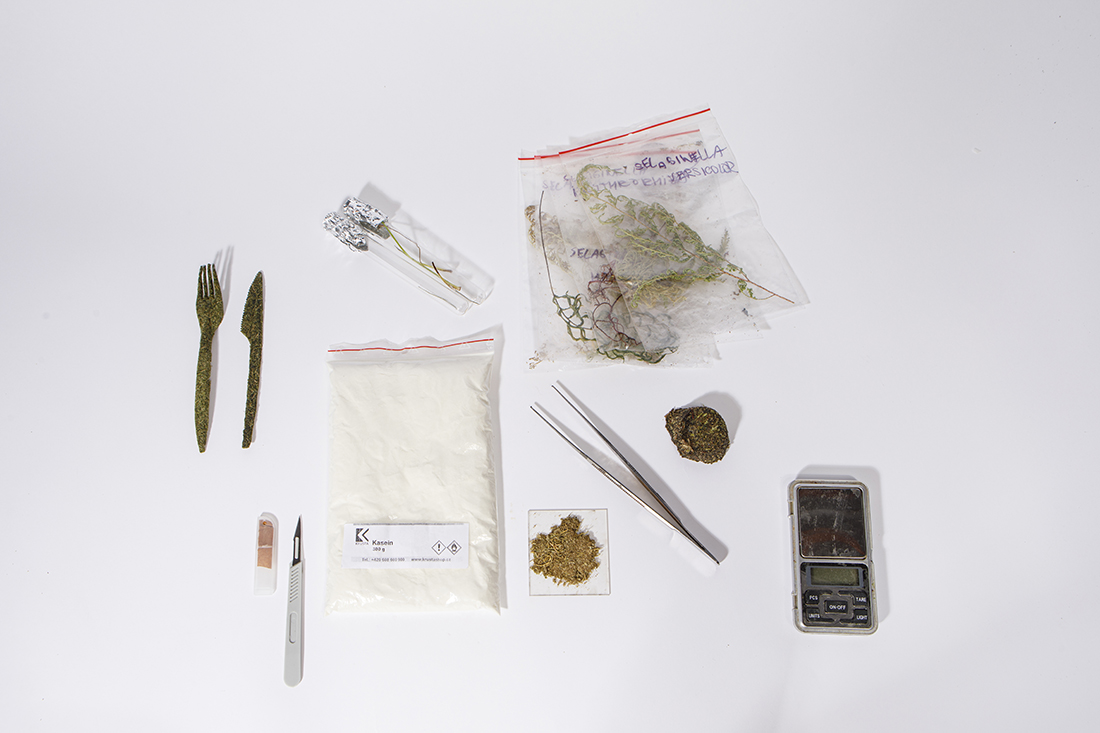
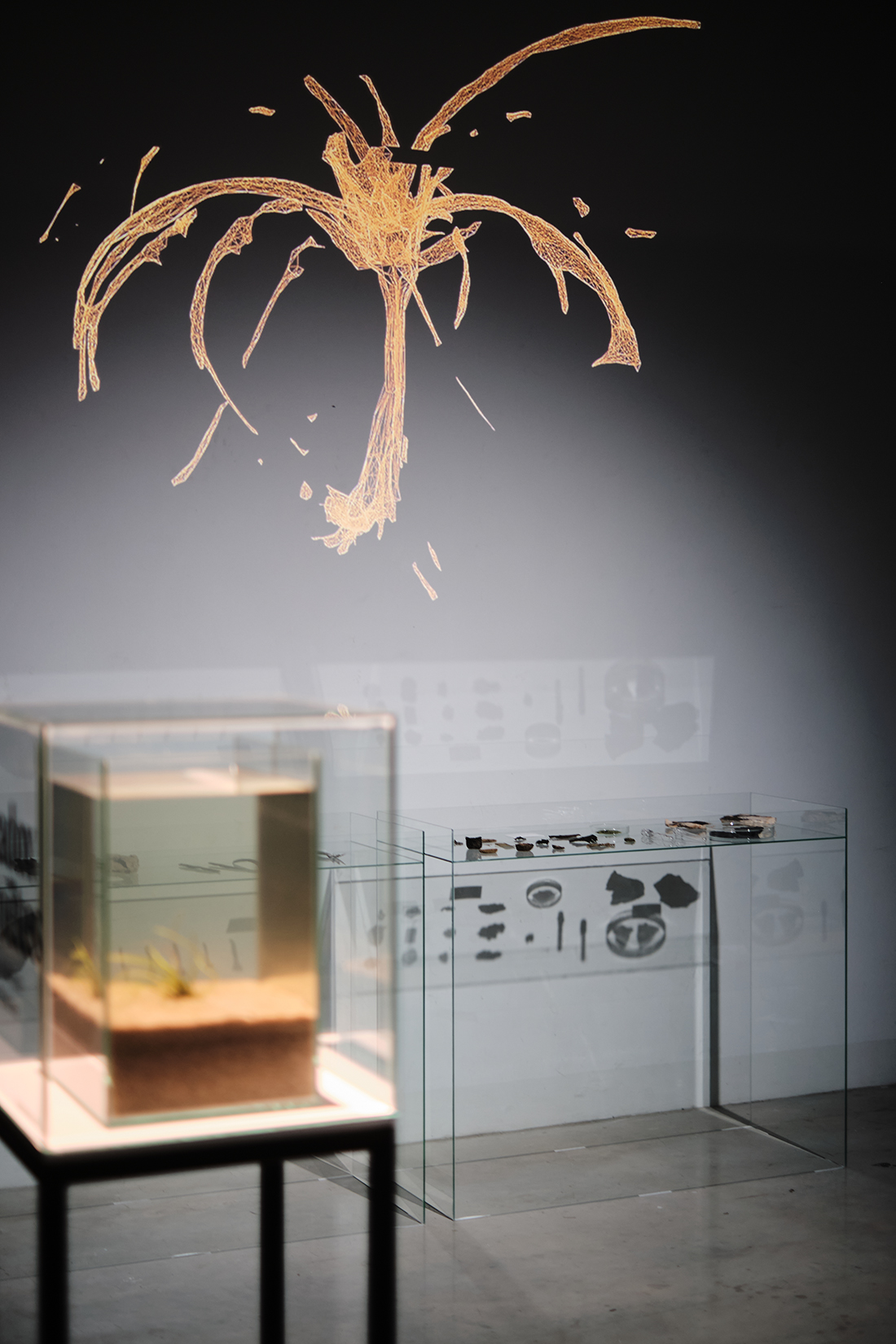
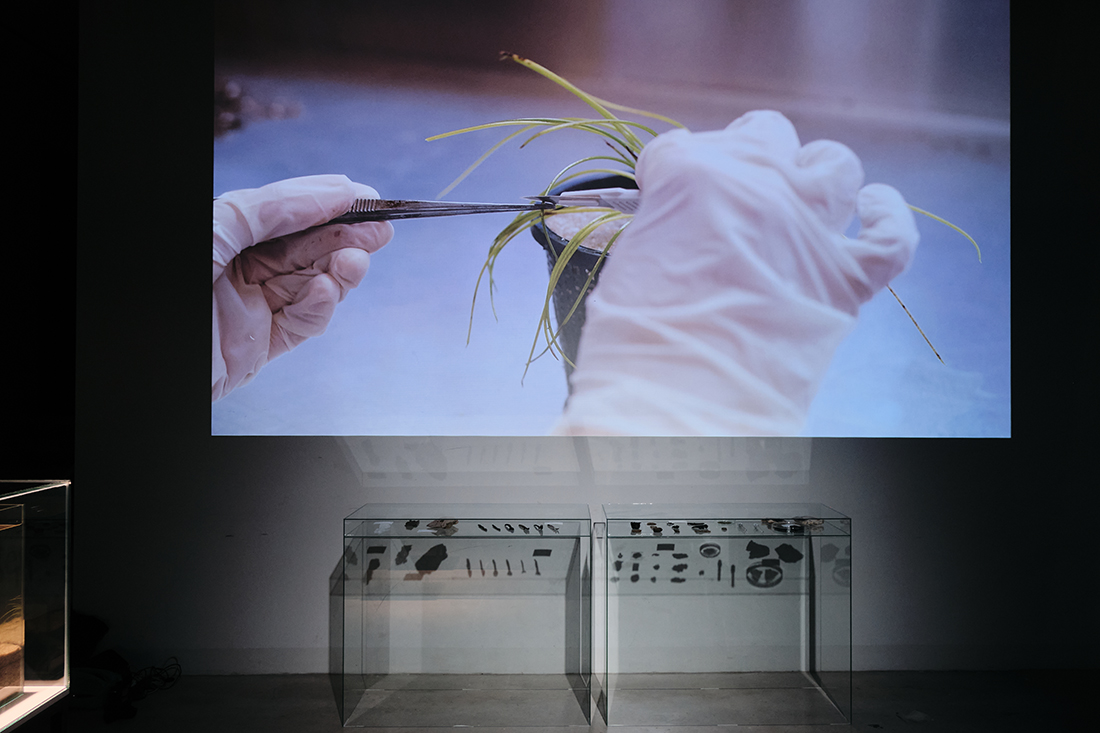

Credits
Design
Adam Kvaček, Czech Republic
Manufacturer
Adam Kvaček, Czech Republic
Year of production
2025
Photos
Petr Zemla


